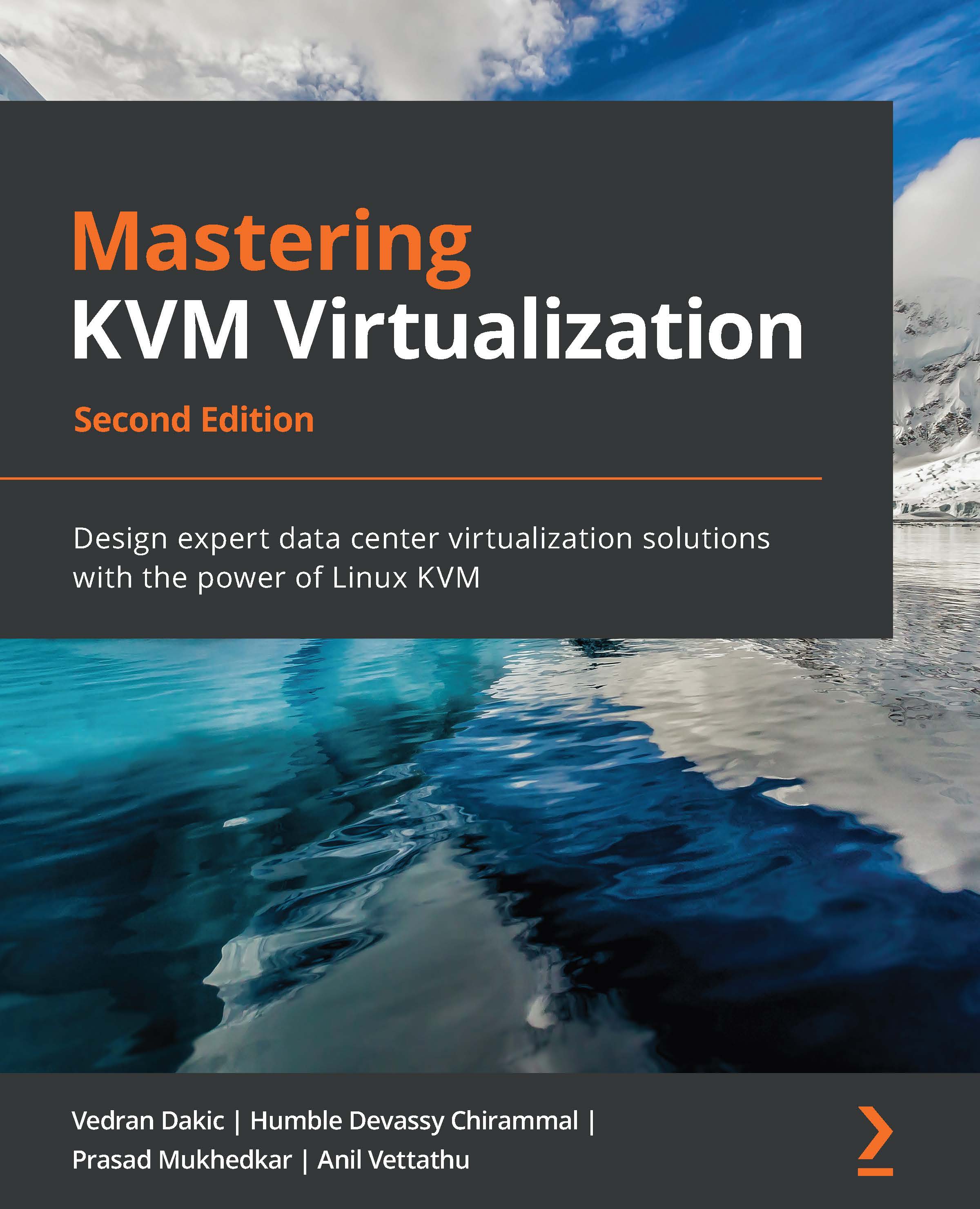Learn how to configure, automate, orchestrate, troubleshoot, and monitor KVM-based environments capable of scaling to private and hybrid cloud models Key Features Gain expert insights into Linux virtualization and the KVM ecosystem with this comprehensive guide Learn to use various Linux tools such as QEMU, oVirt, libvirt, Cloud-Init, and Cloudbase-Init Scale, monitor, and troubleshoot your VMs on various platforms, including OpenStack and AWS Book Description Kernel-based Virtual Machine (KVM) enables you to virtualize your data center by transforming your Linux operating system into a powerful hypervisor that allows you to manage multiple operating systems with minimal fuss. With this book, you’ll gain insights into configuring, troubleshooting, and fixing bugs in KVM virtualization and related software. This second edition of Mastering KVM Virtualization is updated to cover the latest developments in the core KVM components - libvirt and QEMU. Starting with the basics of Linux virtualization, you’ll explore VM lifecycle management and migration techniques. You’ll then learn how to use SPICE and VNC protocols while creating VMs and discover best practices for using snapshots. As you progress, you’ll integrate third-party tools with Ansible for automation and orchestration. You’ll also learn to scale out and monitor your environments, and will cover oVirt, OpenStack, Eucalyptus, AWS, and ELK stack. Throughout the book, you’ll find out more about tools such as Cloud-Init and Cloudbase-Init. Finally, you’ll be taken through the performance tuning and troubleshooting guidelines for KVM-based virtual machines and a hypervisor. By the end of this book, you’ll be well-versed with KVM virtualization and the tools and technologies needed to build and manage diverse virtualization environments. What you will learn Implement KVM virtualization using libvirt and oVirt Delve into KVM storage and network Understand snapshots, templates, and live migration features Get to grips with managing, scaling, and optimizing the KVM ecosystem Discover how to tune and optimize KVM virtualization hosts Adopt best practices for KVM platform troubleshooting Who this book is for If you are a systems administrator, DevOps practitioner, or developer with Linux experience looking to sharpen your open-source virtualization skills, this virtualization book is for you. Prior understanding of the Linux command line and virtualization is required before getting started with this book.












